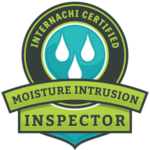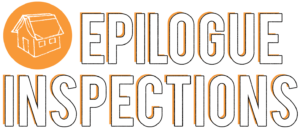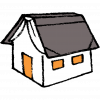Epilogue Inspections | Jeff Frame | 425-312-8976
Mold Inspection
Welcome to the Pacific Northwest. You have mold.
Epilogue Inspections will help you figure out if you can live with it.
Mold Inspection
-
Visual Inspection
-
Thermal Imaging
-
Moisture & Humidity
-
Custom Sampling Plan
-
Free Control Sample
-
One Indoor Air Sample
-
One Surface Sample
-
Background Air Particulate Analysis
-
Custom Remediation Plan
Clearance Test
-
Return Visit*
-
Verify Remediation
-
Clean Bill of Health
-
Free Control Sample
-
One Indoor Air Sample
-
Additional Samples $75/ea
Surface Inspection
-
Visual Inspection
-
Thermal Imaging
-
Moisture & Humidity
-
One Surface Sample
-
Custom Remediation Plan
Add-Ons
-
Add Air Samples $75/ea
-
Add Surface Samples $75/ea
-
Expedited Results $75
Background Air Particulates
-
What are they?
In addition to molds, our air samples include analysis of the following background particulates: amorphous organic debris, animal hair, cellulose fibers, cotton fibers, dust mites, insect fragments, newspaper ink, pollen, salt crystals, charred plant debris, charred woody fragments, diatoms, gypsum board, inkjet droplets, dust mite feces, plant fragments, skin cells, starch grains, synthetic fibers.
Bundle
-
Surface Sample $100
Single surface sample taken during home inspection. Includes expedited results.
-
Inspection Bundle $50 off
$50 off mold inspection when performed in conjunction with home and/or sewer inspection. Includes expedited results ($75 value).
What Happens During an Epilogue Mold Inspection?
Visual Inspection
Moisture Detection
Lab Analysis
Detailed Report
Air Sampling
Surface Sampling
In-Wall Sampling
Bulk Sampling
Mold FAQ
The Science of Mold
Mold reproduces by releasing spores which grow best on organic material surrounded by warm, moist air. Indoor spaces with humidity levels of 60% or higher and temperatures between 77° and 86°F are conducive to mold growth. Interior water damage caused by condensation, leaks, or flooding is also mold-conducive especially if not addressed within 48 hours.
No one knows precisely. Estimates range from tens of thousands to over three hundred thousand. Because molds vary by region, we are only exposed to a small percentage of them. Common indoor molds include alternaria, aspergillus, cladosporium, and penicillium.
It depends on the type of mold. In general, airborne mold spore counts differ by region, season, and even neighborhood. We sample the spore count outside your home and compare it to the spore count inside your home. If your indoor spore count is significantly higher than your outdoor spore count, you have elevated levels of mold inside your home. However, ANY level of mold like stachybotrys is unacceptable. Stachybotrys is not aerophile, so even one spore in the air means there’s an active surface growth nearby.
Health Effects of Mold
Legal Considerations
Getting a Mold Inspection
Wrong. Newer homes are designed to be tightly sealed for energy efficiency. Good ventilation systems are typically in place but go unused by residents. A tightly sealed home can trap moisture, fueling mold growth. For example, we often find mold in attics of new construction.
DIY mold test kits use a settle (gravity) plate which is set in your space for a while, then sent to a lab which reports what species of mold settled on the plate. We recommend against these test kits for a couple of reasons:
- First, they cannot tell you how much mold you have. Mold quantity matters because some mold species are fine at lower concentrations but dangerous at higher levels.
- Second, they can only tell you which mold species landed on the settle plate, which means they will primarily collect aerophile species. However, molds like stachybotrys (black mold) are non-aerophile, which means they are not likely to travel to the settle plate.
Mold Remediation
Keeping Mold at Bay
- Control Humidity — Indoor air humidity should be kept below 50%. Elevated humidity of 60% or higher will create a mold-conducive environment. A hygrometer will help you monitor your humidity levels. A dehumidifier or an air conditioner will help you keep the levels in the proper range, especially in damp areas such as basements and crawlspaces.
- Control Temperature — Mold will grow in most temperatures. However, its ideal growth temperature is 77-86°F. In summer, make an effort to keep your home’s temperature in the range of 65-75°F to help prevent rapid mold growth. In winter, try to keep the temperature in the 55-70°F range to help prevent condensation and discourage mold growth.
- Control Ventilation — Use exhaust fans which vent to the exterior of your space, especially in bathrooms, kitchens, and laundry rooms. Ventilate and insulate attics and crawlspaces. Make sure crawlspaces have adequate vapor barriers in place. Increase air circulation by keeping large objects a few inches away from exterior walls.
- Control Moisture — Materials with a moisture content of 20% or higher are conducive to mold growth. Keep your materials dry, and do not carpet bathrooms, basements, kitchens, laundry rooms, or other areas of your home which are likely to have a lot of moisture. Use floor coverings which can be promptly dried out if they become saturated. Use semi-gloss or high gloss paint in kitchens and bathrooms, and add mold-inhibitors to paints before application.
Mold Gallery
Molds are typically categorized into allergenic, pathogenic, and toxigenic.
Read about these categories below and then explore our gallery to see which molds are common to our area.
Allergenic
Allergenic molds are the most common. While they can certainly result in structural damage to your home, they are usually harmless to your health. However, they can cause reactions in individuals with mold sensitivities.
Pathogenic
Pathogenic mold exposure can be a health concern to individuals whose immune systems are suppressed, underdeveloped, or compromised. They are not typically bothersome to those with healthy immune systems.
Toxigenic
Toxigenic, or toxic, mold poses more of a health risk because it not only affects those who are mold sensitive or immunocompromised, but it can also cause health problems for individuals who are otherwise healthy.
Common to the Pacific Northwest

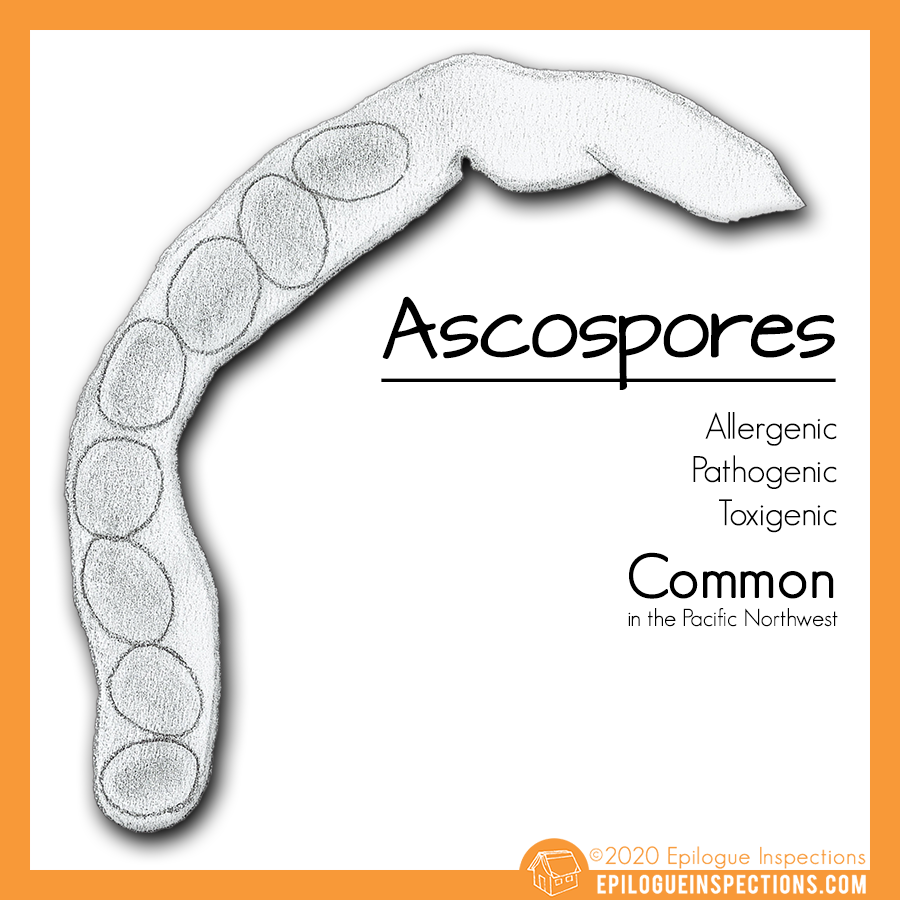
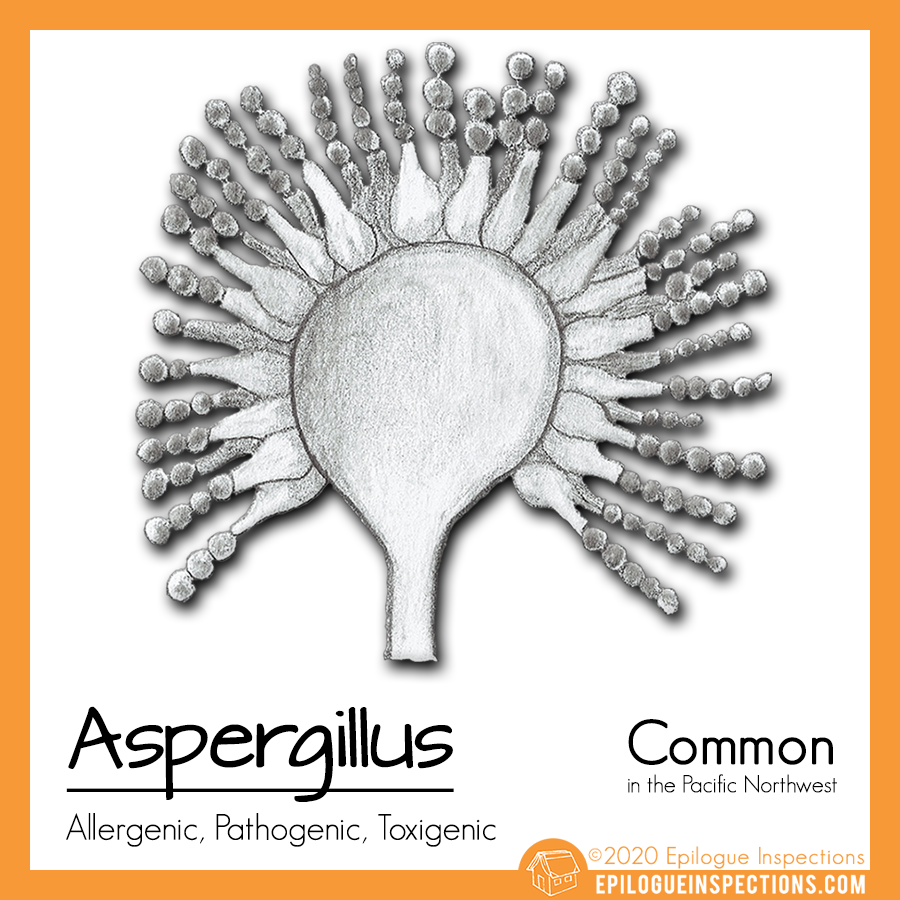


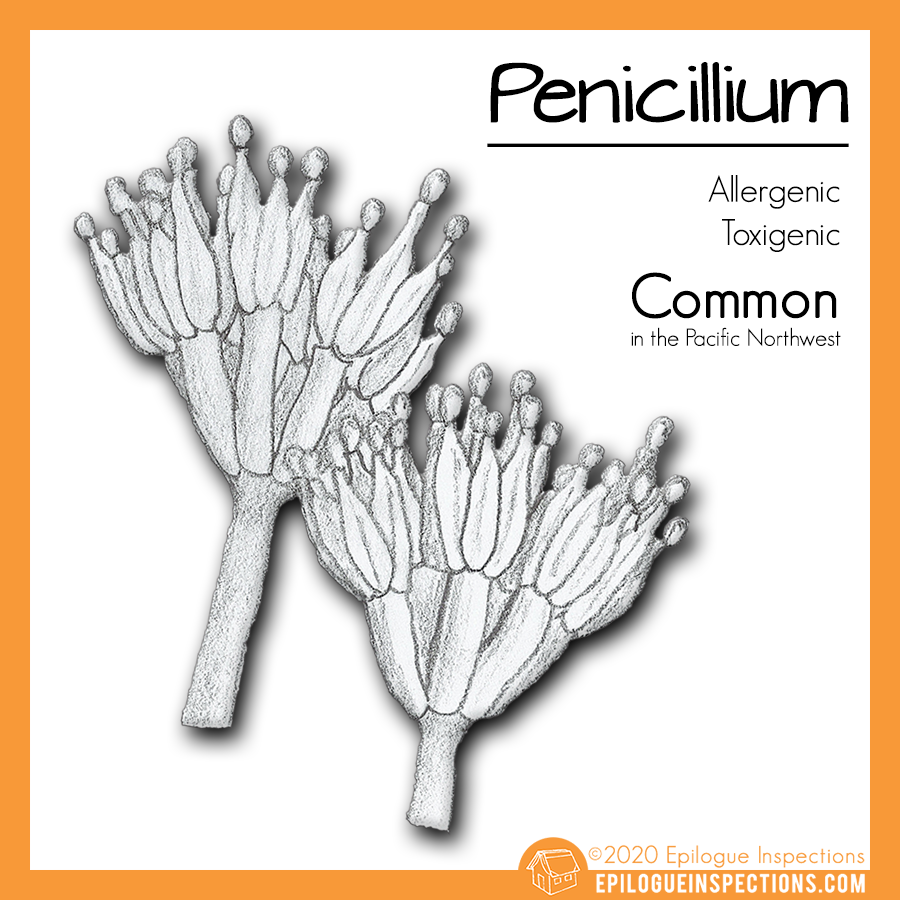




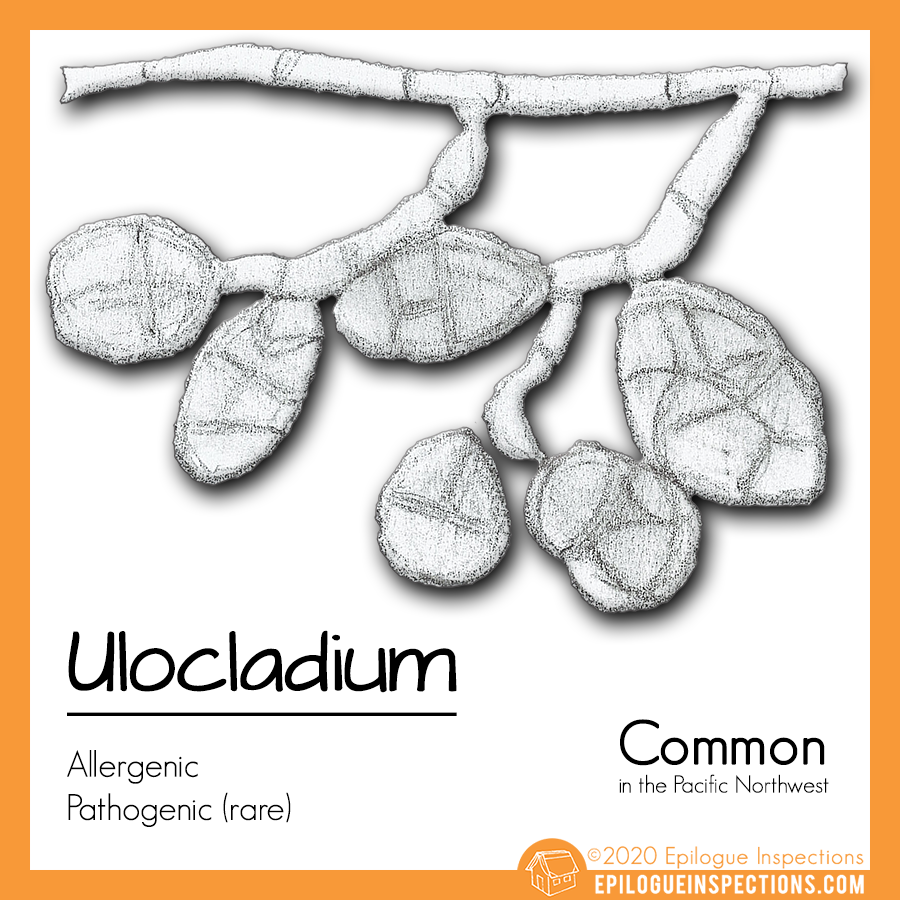
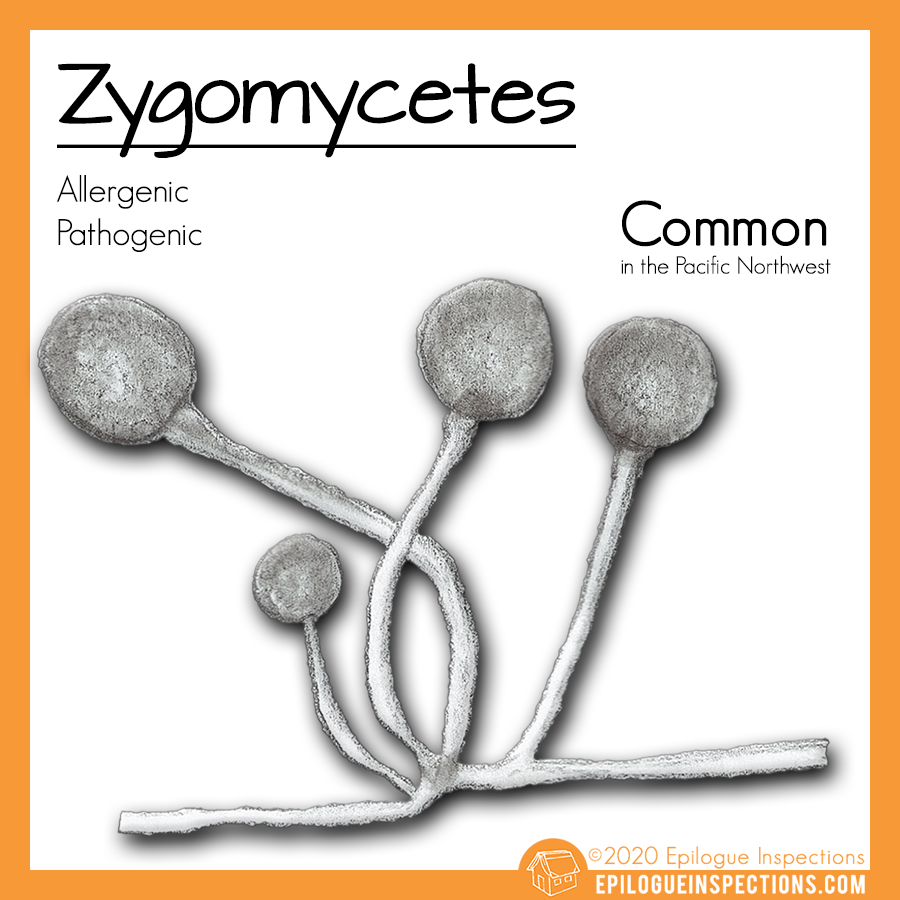
Uncommon to the Pacific Northwest

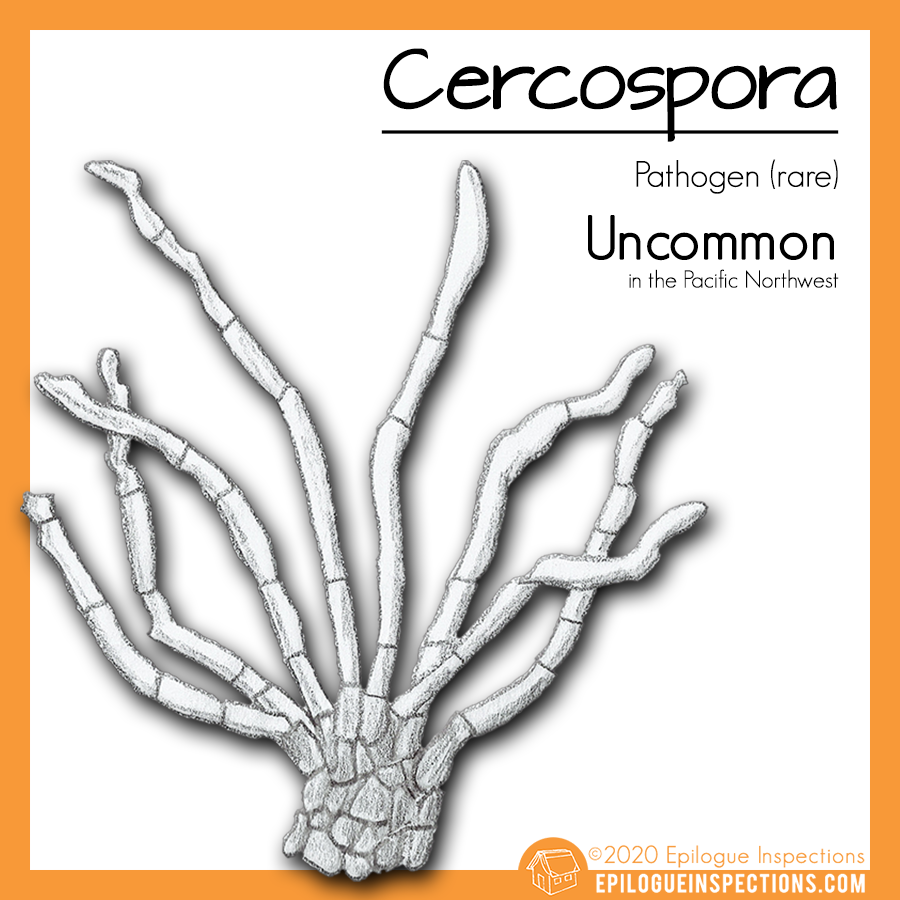

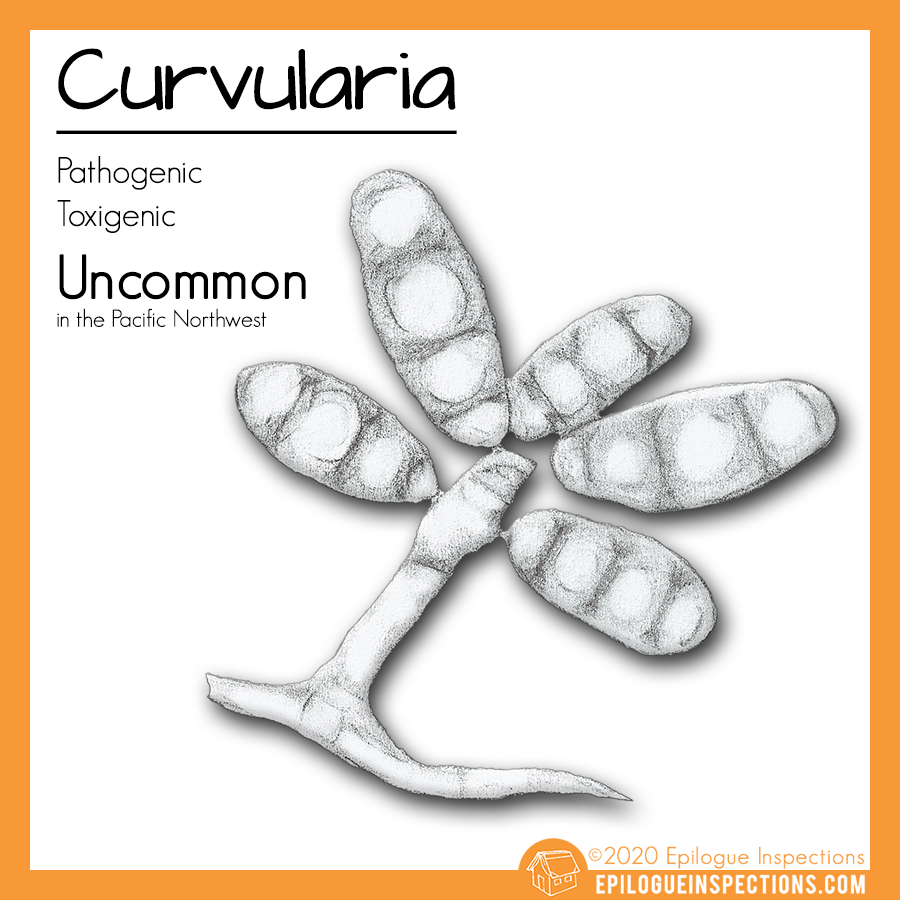

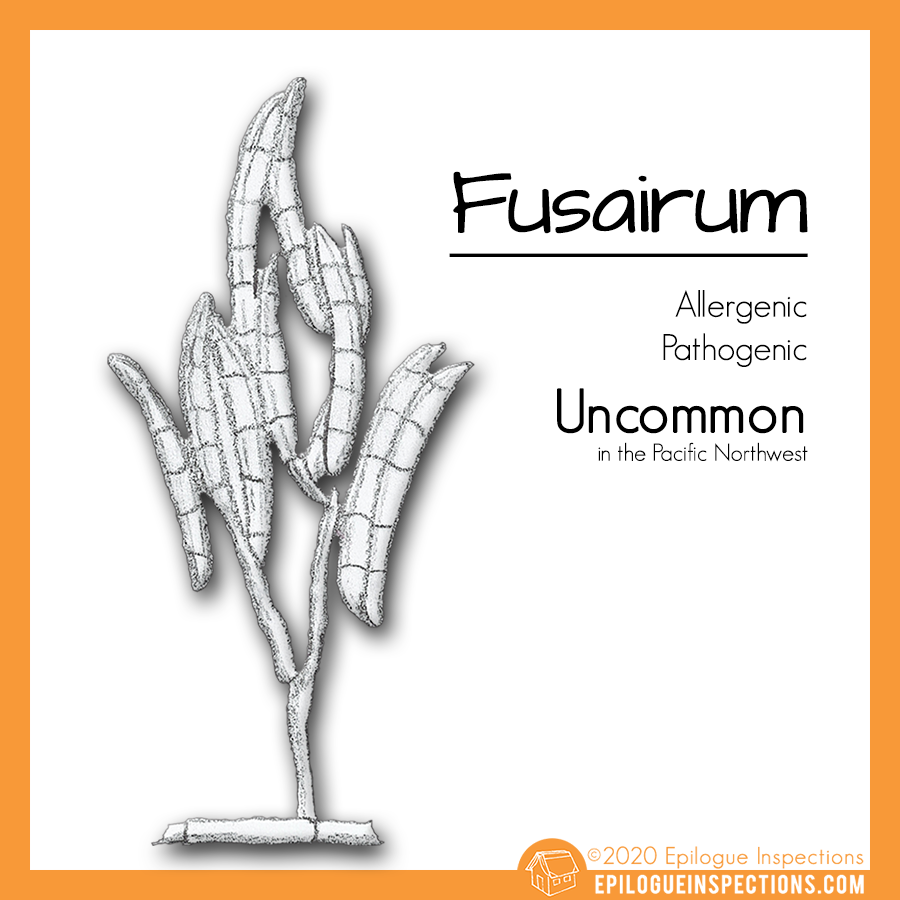
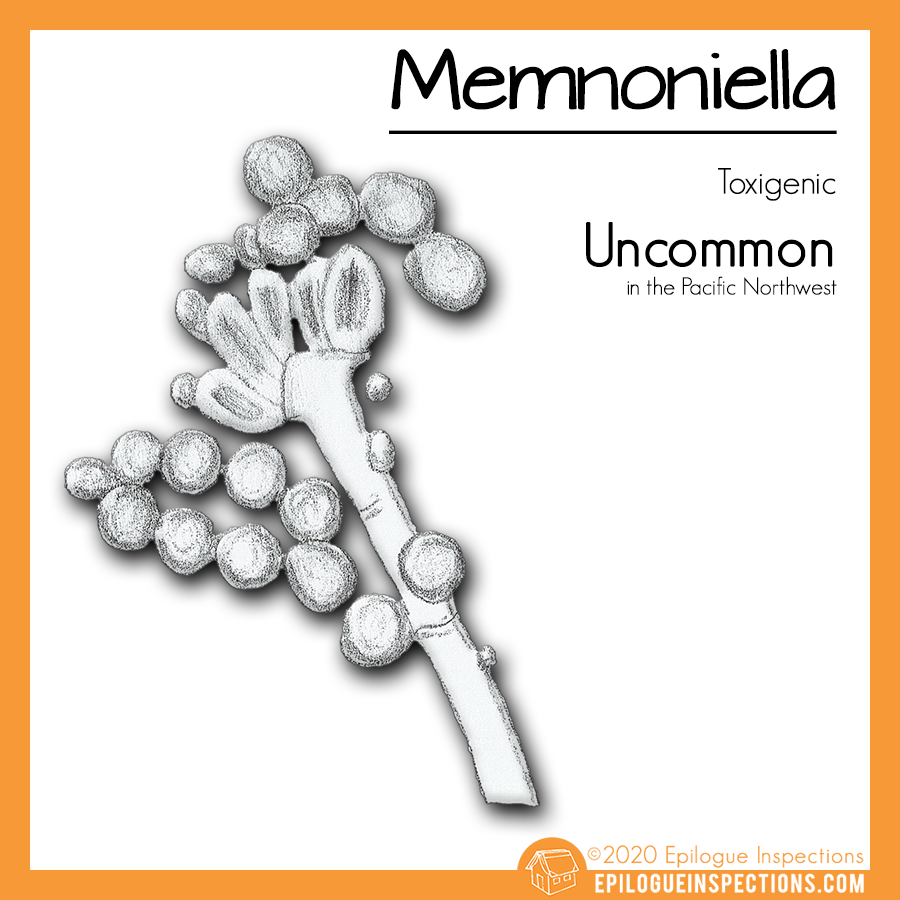
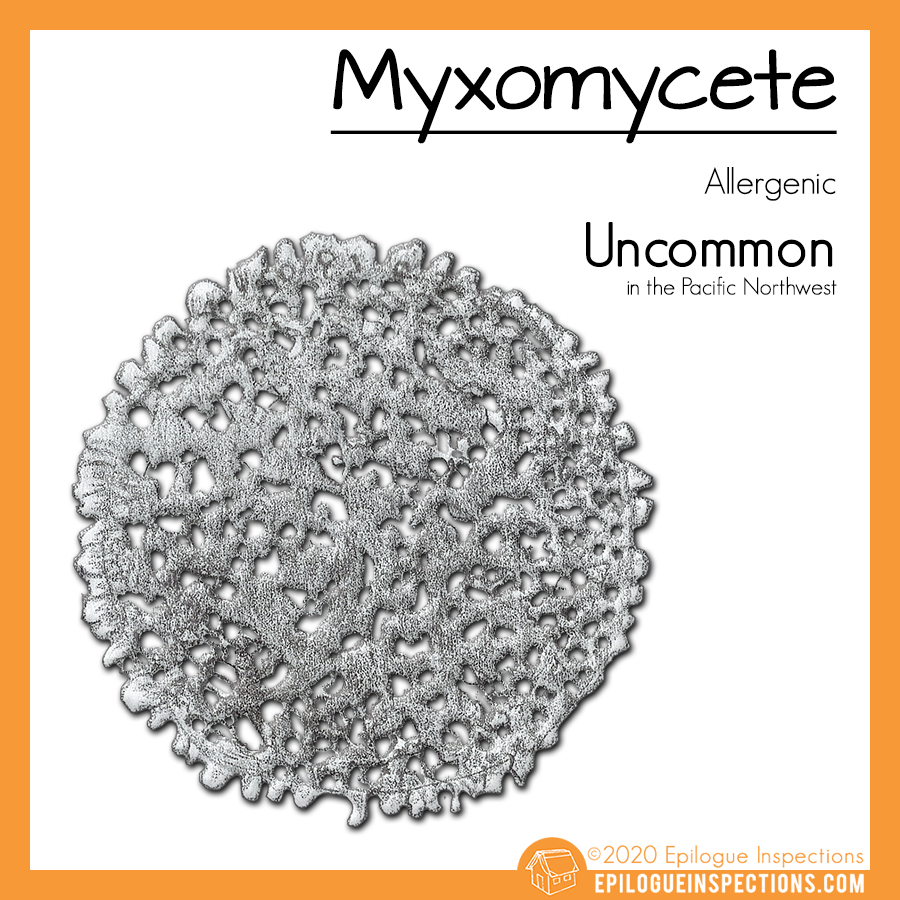



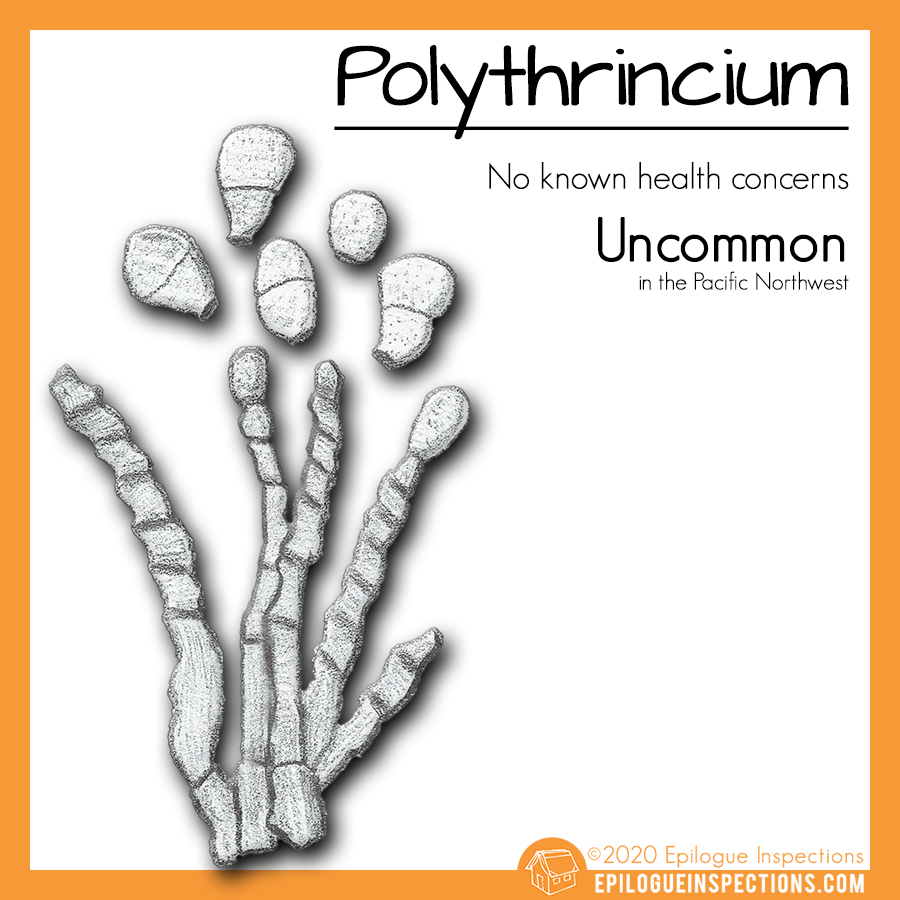




is proud to partner with




